The diverse natural environment and cultural history of Nara's Yoshino cedar

Yoshino cedar, which is one of Japan's three most beautiful forests, is famous as one of the high-end brand materials among many cedars. The forestry of Yoshino cedar has been passed down to the present day while maintaining a deep relationship with the forest environment by repeatedly logging and planting trees in Mt. Yoshino, Nara, where diverse nature, religion and culture are mixed.
Yoshinoyama, where Yoshino cedar trees are grown
Yoshino cedar is a type of cedar that grows wild in the Yoshino Mountains, located in the southeastern part of the ancient capital of Japan, Nara. Some of the trees are said to be over 500 years old. The Yoshino Mountains are a series of mountains with altitudes of over 1,000 meters, surrounded by wild trees such as white birch, red pine, beech, Japanese oak, oak, chestnut, cypress, and cherry.
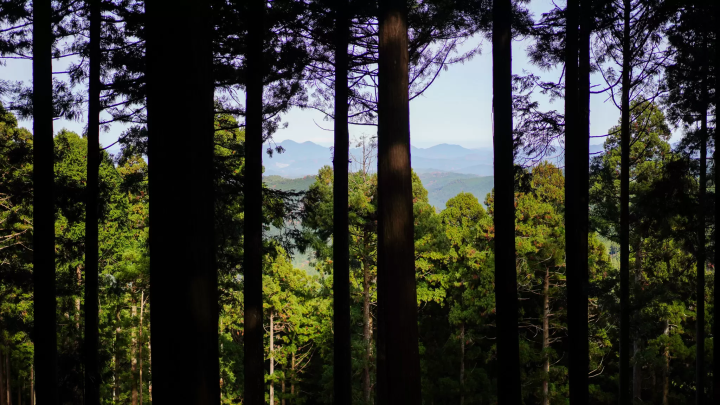
There are many clear streams and waterfalls around the Yoshino Mountains. For this reason, Yoshino cedar can grow in an environment with abundant water. Cherry blossoms bloom in the spring, deep green forest spreads in the summer, autumn leaves are beautiful in the fall, and snow can be enjoyed in the winter.
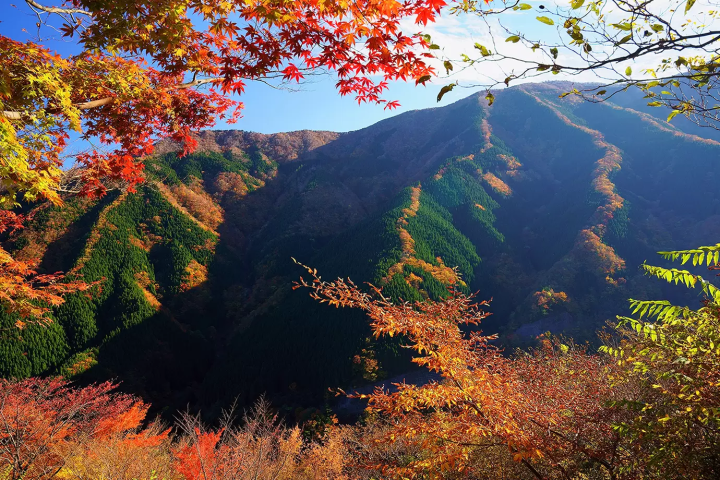
These natural environments provide an environment suitable for growing Yoshino cedar, leading to the improvement of the quality of Yoshino cedar. In addition, the rich natural environment around the Yoshino Mountains has become a place loved by many tourists.
Yoshino cherry blossoms and mountain worship
The Yoshino cherry blossoms, which are said to have 30,000 trees, are particularly famous among the cherry blossoms in Japan, and each spring the Yoshino Mountains are beautifully colored. Yoshino cherry blossoms bloom earlier than other Japanese cherry blossoms, and usually start blooming from late March to early April. In addition, the flowering period is relatively long, and you can enjoy it for about two weeks. 80% of the Yoshino cherry blossoms are Hakusan cherry blossoms, which have thin, dark pink petals, large petals, and dense blooms on a single tree, creating a splendid carpet of flowers. It is also characterized by the variety of flowers with different colors one by one.
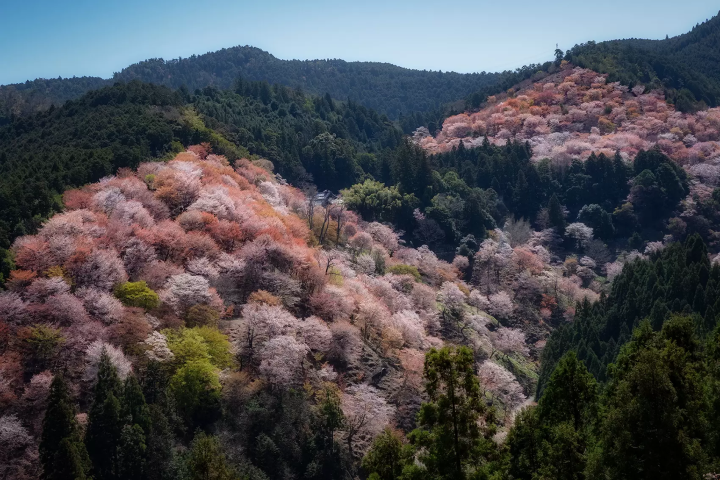
The origin of cherry blossoms in Yoshino dates back to about 1300 years ago. In ancient Japan, it was believed that gods resided in mountains, rivers, and forests, and there was a custom to worship them. Yoshinoyama was no exception. It is said that Enkozuno (En no Gyoja), who later became the founder of Shugendo, went deep into Mt. Omine, carved a statue of Zao Gonka on a cherry tree, and enshrined it on Mt. Omine and Mt. Yoshino.
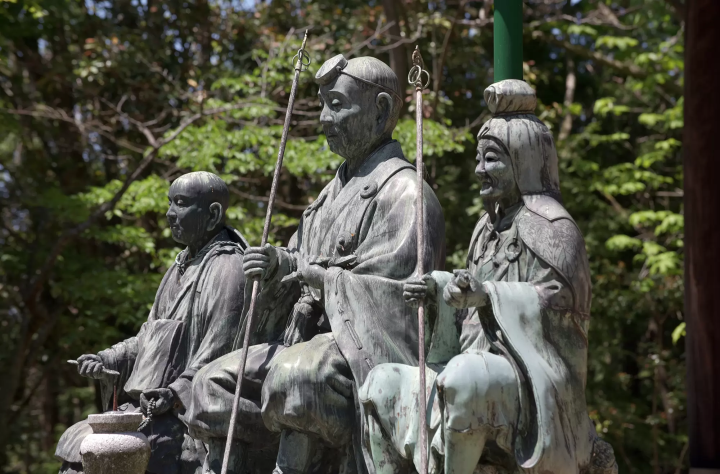
After that, as the legend of En no Gyoja and Shugendo flourished, the cherry tree with the statue carved into it was deemed suitable as a sacred tree, and was planted with prayers. Yoshino's mountain worship is one of the ancient Japanese customs that believes in the coexistence of nature and humans, and is still loved by many people today.
Characteristics of Yoshino cedar
Yoshino cedar is characterized by its fine grain and pale reddish brown color.
1. The annual rings that grow each year maintain a constant width of about 0.1 mm to 3 mm. Because of this closeness, no knots, and uniform color, it is used for building materials and furniture.
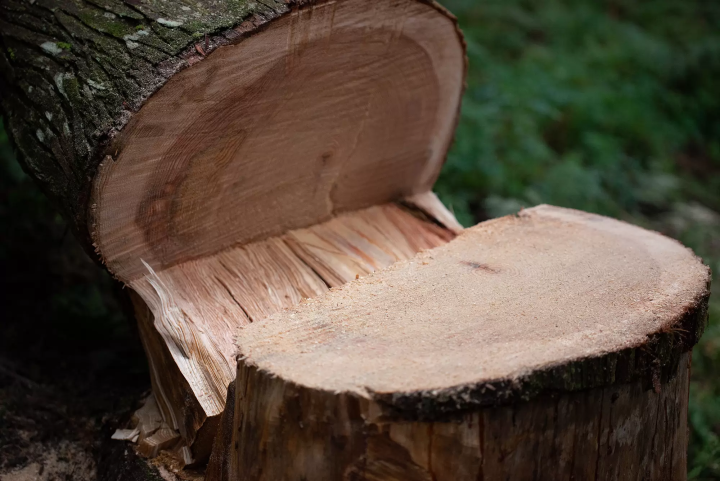
2. Yoshino cedar has been proven to have important effects in protecting our health, such as suppressing the growth of mold, mites, and E. coli. In addition, since Yoshino cedar contains antiseptic ingredients, it is resistant to decay and can be used for a long time.
3. Yoshino cedar is relatively light and easy to process, so it is widely used for building materials, furniture, and crafts. It also has the disadvantage of being fragile, but it can be processed intricately by highly skilled craftsmen. For this reason, it has been widely used for the interior decoration of traditional Japanese buildings, shrines and temples, and tea rooms. Even today, it is popular as an interior material for luxury homes, inns, and restaurants.

4. Yoshino cedar is also excellent as an acoustic material. It is often used in the production of traditional Japanese musical instruments such as the koto and koto, and produces beautiful tones that take advantage of the characteristics of the material.
Because of these characteristics, Yoshino cedar is widely used in traditional Japanese architecture and furniture, and has received high praise.
Development of Yoshino cedar forestry
The development of Yoshino cedar forestry as an industry has various backgrounds, such as the natural environment of the Yoshino region and political influence. The Yoshino region straddles Nara and Wakayama prefectures and is located in the central part of the Japanese archipelago. This area is characterized by abundant rainfall and a mild climate due to the combination of the climates of the Pacific Ocean side and the Sea of Japan side. In addition to these climatic conditions, the Yoshino Mountains are covered with steep mountains and have large differences in elevation, so they are home to a wide variety of biota and a high diversity of vegetation, making them an ideal environment for timber production.
The Yoshino region has prospered as the center of Japanese politics and culture since ancient times, and was once the capital of Japan during the Nara period. As a result, the Yoshino region developed a sophisticated culture and traditional woodworking techniques. In addition, Yoshino cedar has played an important role in traditional Japanese architecture and culture, so it can be said that the demand has increased and the Yoshino cedar industry has flourished. In particular, Yoshino cedar is often used in Sukiya-zukuri, an architectural style established in the Edo period, and is said to be deeply related to culture such as the tea ceremony and flower arrangement. It is said that during the Keicho era (1596-1615), Emperor Gomizunoo ordered Yoshino cedar and Yoshino cypress to build the Katsura Imperial Villa.
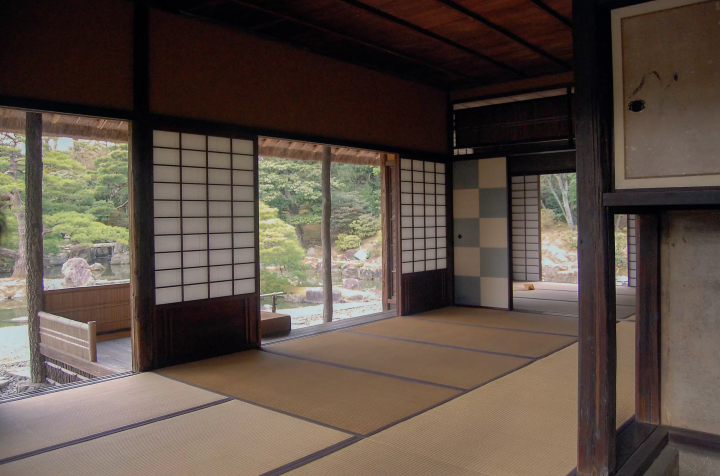
Also, in the middle of the Edo period, taruya started looking at Yoshino cedar, which has a fine grain, is straight, and has a good aroma and color, as a material for barrels used in sake brewing in Nada and Itami. It is said that production started with this.
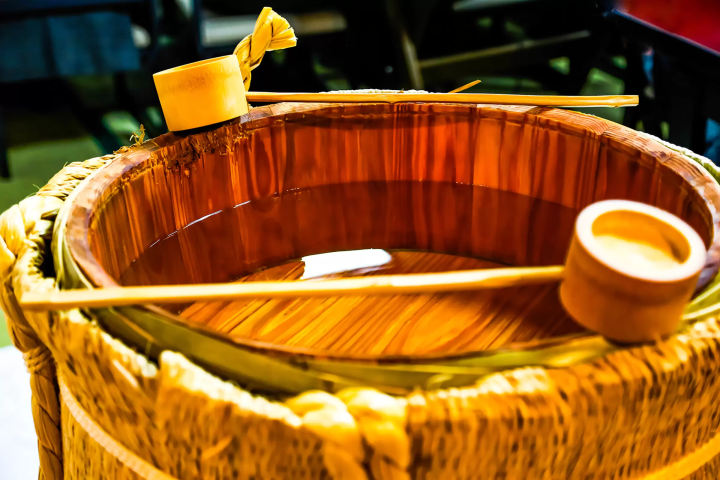
Japan's oldest forest plantation Kawakami Village
The Yoshino region is home to Kawakami Village, Japan's oldest afforestation area. The Yoshino River flows through the land, which has abundant rainfall and abundant water resources.
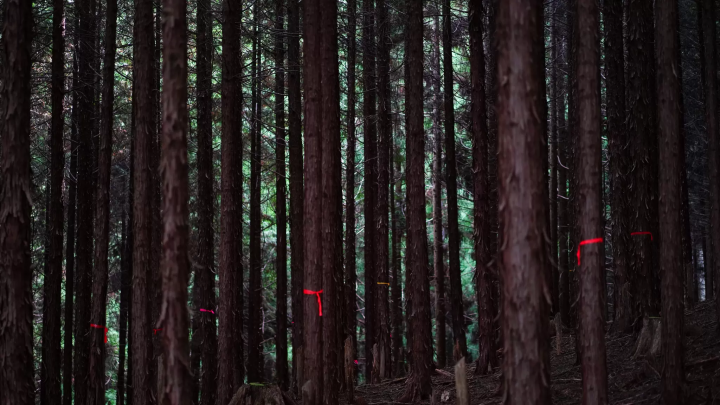
This system was created to protect the forests of the Yoshino Mountains in order to secure timber that is essential for the living of the shrines and temples of Yoshino and the livelihoods of local residents. Yoshino mountain guardians are experts in managing forests, working closely with forest owners, users, and local residents to produce and harvest timber, plant trees, and conserve water resources.

Yoshino Forestry is now shifting from mass production to a focus on quality due to changes in modern demand for timber. Masafumi Fukumoto, one of the mountain guards of Yoshino Forestry in Kawakami Village, has a separate article "A mountain of craftsmen. Traveling with an architect using traditional construction methods, encountering mountain guards, carpenters, and woodworking masters. Journey through 500 years." The story of the tree that does it. ", so please take a look at it.
We will introduce you to the unconventional sights, such as the workshops that inherit the tradition while challenging to update, the daily activities of the craftsmen, and the expressive nature that continues to inspire creations. In order to share the richness of the future with you and hand down the crafts of Japan's production areas to the future, we will continue to discover and disseminate the charm of production areas today. For travelers, by interacting with craftsmen and craftsmen, connecting the past and the future, a rich time to deeply appreciate the day called today. To the production areas, help hand over the rich crafts of Japan to the future. Through their travels and spending time in conversation, they will create new discoveries of Japan and connections with new friends.
The contents on this page may partially contain automatic translation.




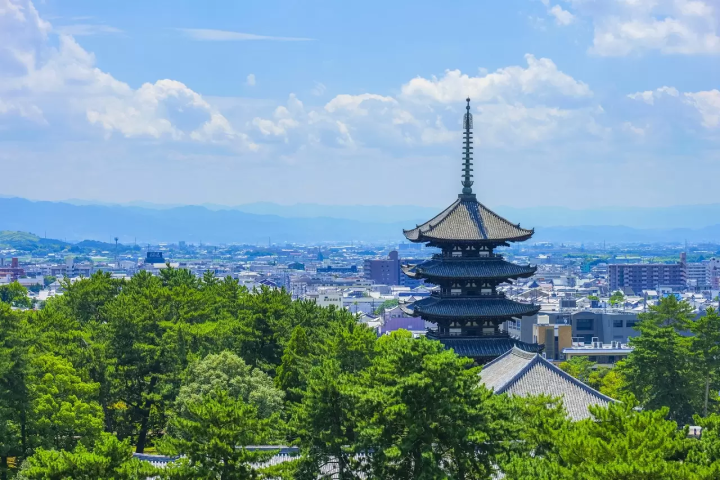



























![[2026] Family Winter Trip to Suzuka Circuit! – For Both Day trips and Overnight Stays!](https://resources.matcha-jp.com/resize/720x2000/2025/12/26-254097.webp)
![[Northern Okinawa] 4 Recommended Cosmos Fields in Okinawa | Sunflowers and Cherry Blossoms in the Same Season!](https://resources.matcha-jp.com/resize/720x2000/2024/08/12-192028.webp)


